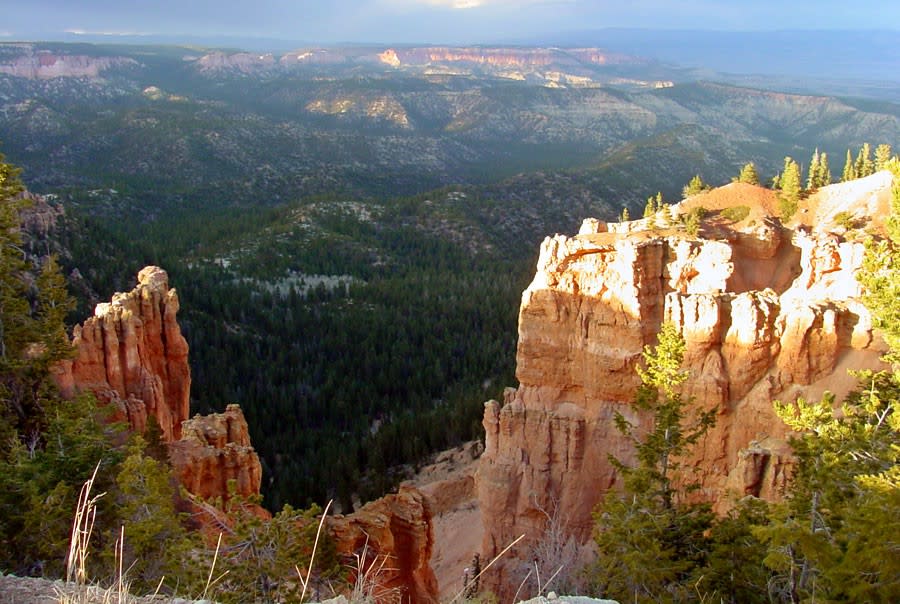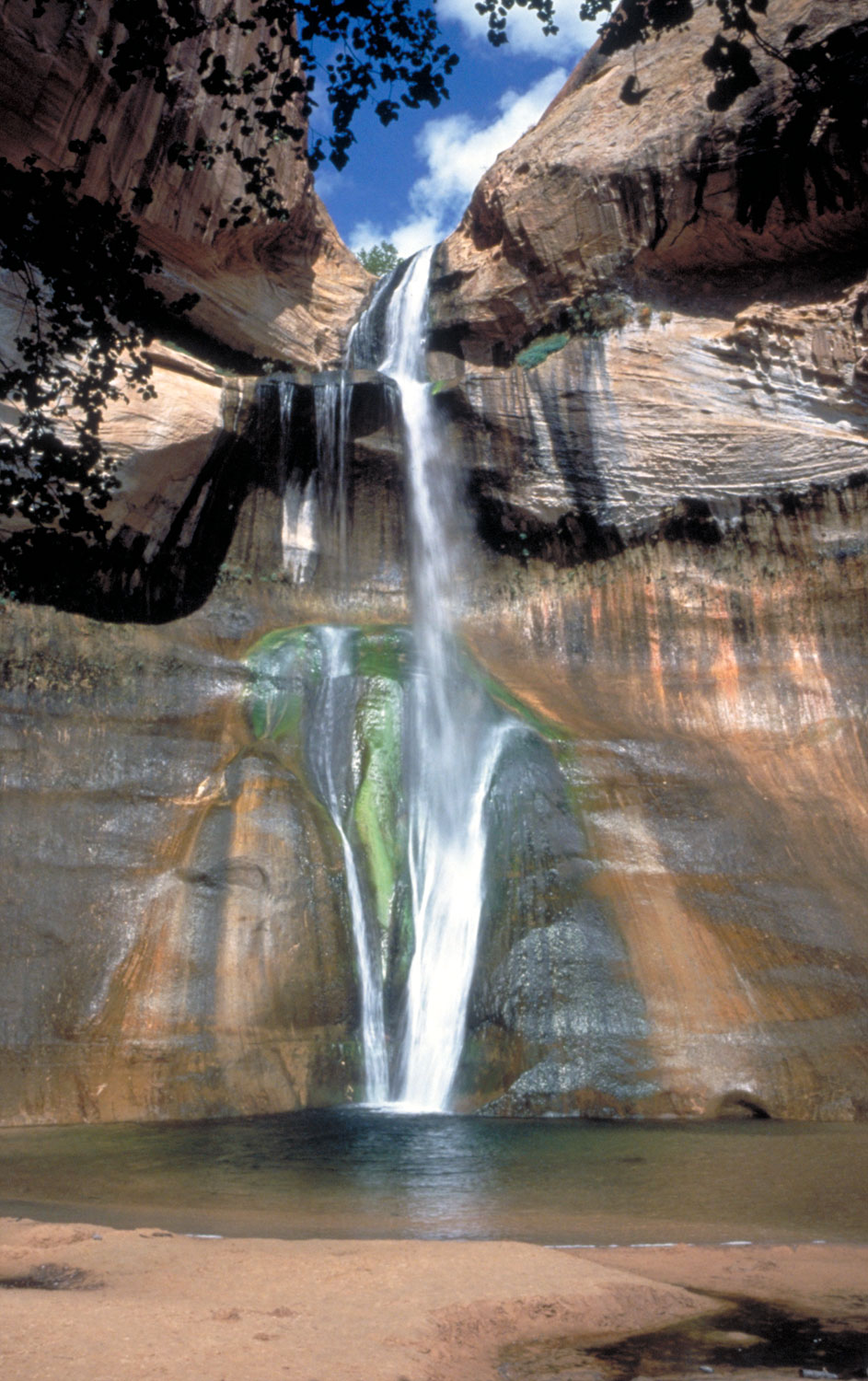 Looking north along the Bryce Canyon rim from the southern end of the park.
Looking north along the Bryce Canyon rim from the southern end of the park.
Many travelers visiting Bryce Canyon National Park never make it to the canyon’s top points. But Rainbow and Yovimpa view are not to be missed! Less than a mile from each other, these stunning vistas are well worth






